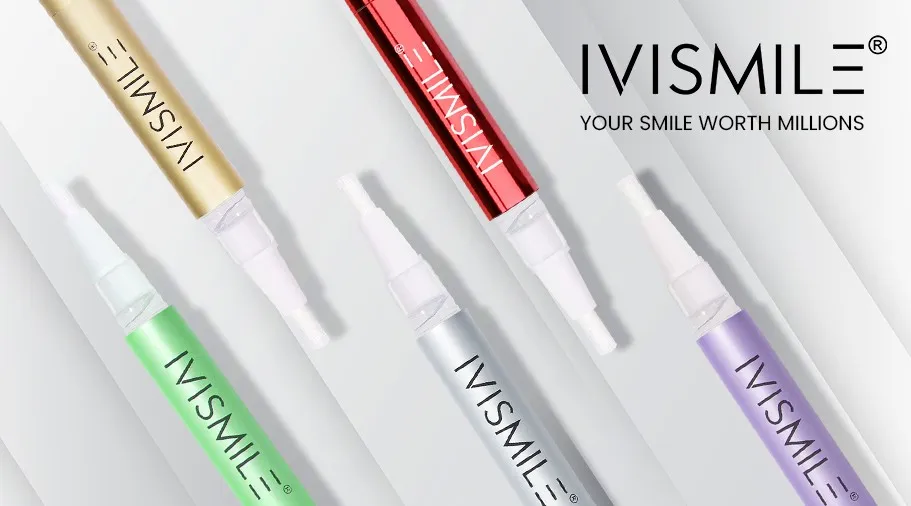Understanding Natural Teeth Whitening
In the quest for a brighter smile, natural teeth whitening has gained significant popularity as an alternative to harsh chemical treatments. This approach focuses on using readily available, often organic, substances and practices to gently lighten the color of your teeth. Unlike professional whitening or over-the-counter products that may contain peroxides, natural methods aim to remove stains and discoloration without causing the same level of sensitivity or potential enamel damage. The appeal lies in the gentler approach, often coupled with the belief that these methods are safer and more aligned with a holistic view of health. This article explores various natural methods, providing insights into how they work and what results you can realistically expect.
What is Natural Teeth Whitening?
Natural teeth whitening encompasses a variety of methods and ingredients that aim to whiten teeth using substances found in nature. These methods often rely on abrasive qualities, stain-removing properties, or the ability to alter the pH balance in the mouth to create a brighter appearance. Common ingredients and techniques include oil pulling with coconut oil, using baking soda and hydrogen peroxide, activated charcoal, and incorporating certain fruits and vegetables into your dental routine. The core concept is to remove surface stains and gently lighten the enamel without the aggressive chemicals found in many commercial whitening products. Natural approaches emphasize a more holistic and less invasive pathway to a whiter smile, often prioritizing overall oral health alongside aesthetics.
Benefits of Natural Teeth Whitening
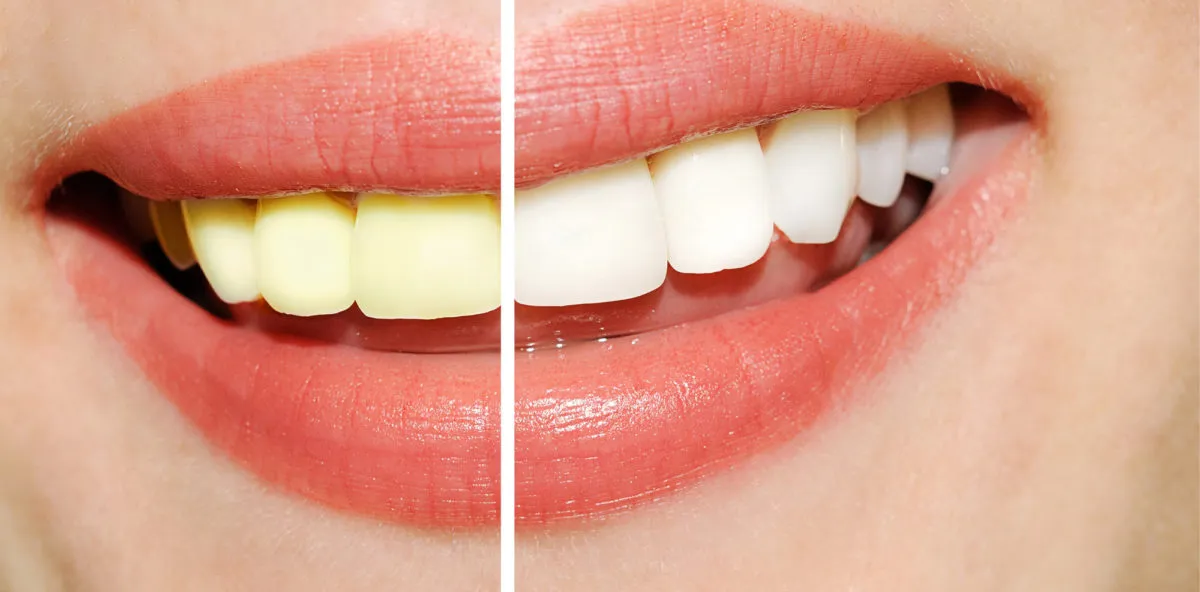
One of the primary benefits of natural teeth whitening is the potential for reduced sensitivity. Many people experience tooth sensitivity when using chemical-based whitening treatments. Natural methods are generally milder, making them a better choice for those with sensitive teeth or gums. Moreover, the ingredients used in natural whitening, such as coconut oil and baking soda, may also offer additional oral health benefits. Coconut oil, for instance, has antibacterial properties that can help reduce plaque and bacteria. Another advantage is the accessibility and affordability of natural methods. Many of the ingredients are readily available in your home or at a local grocery store, making them a cost-effective option compared to professional treatments or expensive whitening products. Furthermore, using natural methods aligns with a desire for a more natural lifestyle, avoiding harsh chemicals and potentially reducing the risk of certain side effects.
Natural Methods for Teeth Whitening
Several natural methods can help you achieve a brighter smile. These methods use ingredients and techniques that are readily available. However, it’s important to note that while these methods are generally gentle, individual results can vary based on factors such as the severity of staining, the health of your teeth, and consistency of use. It’s also advisable to consult with a dentist before starting any new teeth whitening regimen. This ensures that these methods are suitable for your specific dental condition and that you’re not unknowingly causing harm. Always prioritize professional dental advice to maintain overall oral health. Let’s explore some popular natural teeth whitening techniques.
Oil Pulling for Whiter Teeth
Oil pulling is an ancient Ayurvedic practice that involves swishing oil in your mouth to remove bacteria and toxins. The process can help to reduce plaque buildup and promote overall oral health, indirectly contributing to whiter teeth. Coconut oil is a popular choice for oil pulling due to its pleasant taste and antibacterial properties. The oil helps to break down and remove plaque and bacteria, which can cause staining. While oil pulling is not a direct whitening method, the removal of surface stains and the promotion of healthier gums can result in a brighter smile over time. Regular oil pulling, combined with other oral hygiene practices, can be a beneficial addition to your dental care routine. Consider this a gentle and supportive practice for maintaining oral hygiene.
How to Oil Pull

To oil pull, start with a tablespoon of coconut oil. Swish the oil around your mouth for 15-20 minutes, making sure to reach all areas. Be careful not to swallow the oil, as it will contain bacteria and toxins. After swishing, spit the oil into a trash can to avoid clogging your sink. Rinse your mouth thoroughly with water and brush your teeth as usual. The best time to oil pull is in the morning on an empty stomach. Consistency is key, as results are gradual. It may take several weeks or months to notice a difference in the color of your teeth. Always follow up with brushing to remove any remaining oil and ensure thorough oral hygiene.
Baking Soda and Hydrogen Peroxide
Baking soda and hydrogen peroxide are two common household items that can be used for teeth whitening. Baking soda is a mild abrasive that can help to remove surface stains, while hydrogen peroxide has bleaching properties. Combining these two ingredients can create a whitening paste that, when used carefully, can contribute to a brighter smile. It is essential to use these ingredients with caution to avoid damaging your enamel or irritating your gums. Overuse of these products can lead to sensitivity and potential dental problems. Consulting with a dentist before using this method is highly recommended to ensure it is safe for your teeth and gums and to receive guidance on proper usage.
Making the Paste and Application
To create the whitening paste, mix one tablespoon of baking soda with two tablespoons of hydrogen peroxide to create a paste. Apply the paste to your toothbrush and gently brush your teeth for about two minutes. Rinse thoroughly with water. This method should only be used once or twice a week to avoid damaging your enamel. Always be gentle when brushing and avoid applying too much pressure. If you experience any sensitivity or irritation, discontinue use immediately and consult with your dentist. Always prioritize the health of your teeth and gums.
Using Activated Charcoal

Activated charcoal is another popular natural teeth whitening method. This fine, black powder is made from carbon that has been treated to increase its absorbency. Activated charcoal is believed to absorb stains and impurities from the teeth. When brushed onto the teeth, it can help remove surface stains caused by coffee, tea, and other foods. While the effectiveness of activated charcoal for teeth whitening is still under scientific study, many people report visible improvements in the brightness of their smiles. It’s important to use activated charcoal with caution, as it can be abrasive and may potentially wear down enamel if used too frequently or aggressively. It is essential to consider its impact on enamel health.
How to Use Activated Charcoal
To use activated charcoal, dip a wet toothbrush into the powder and brush your teeth gently for about two minutes. Rinse your mouth thoroughly with water until all traces of the black powder are gone. Follow with your regular brushing routine. It is best to use activated charcoal once or twice a week. Be aware that activated charcoal can stain clothing and surfaces, so exercise caution during application. If you experience any sensitivity or discomfort, discontinue use. Consult with your dentist to ensure this method is suitable for your dental health. Always prioritize safe and gentle brushing techniques.
Whitening with Fruits and Vegetables
Certain fruits and vegetables contain natural acids and enzymes that can help to whiten teeth. These foods can act as gentle abrasives or have properties that help remove surface stains. Including these items in your diet can be a part of your overall approach to oral health and teeth whitening. While these methods are generally gentle, they should be used in conjunction with other oral hygiene practices for the best results. Remember that the acidity in some fruits can erode enamel if overused, so moderation is key. Always maintain a balanced diet and consult with your dentist to create a teeth whitening strategy that is effective and safe.
Strawberries and Apples for Whitening
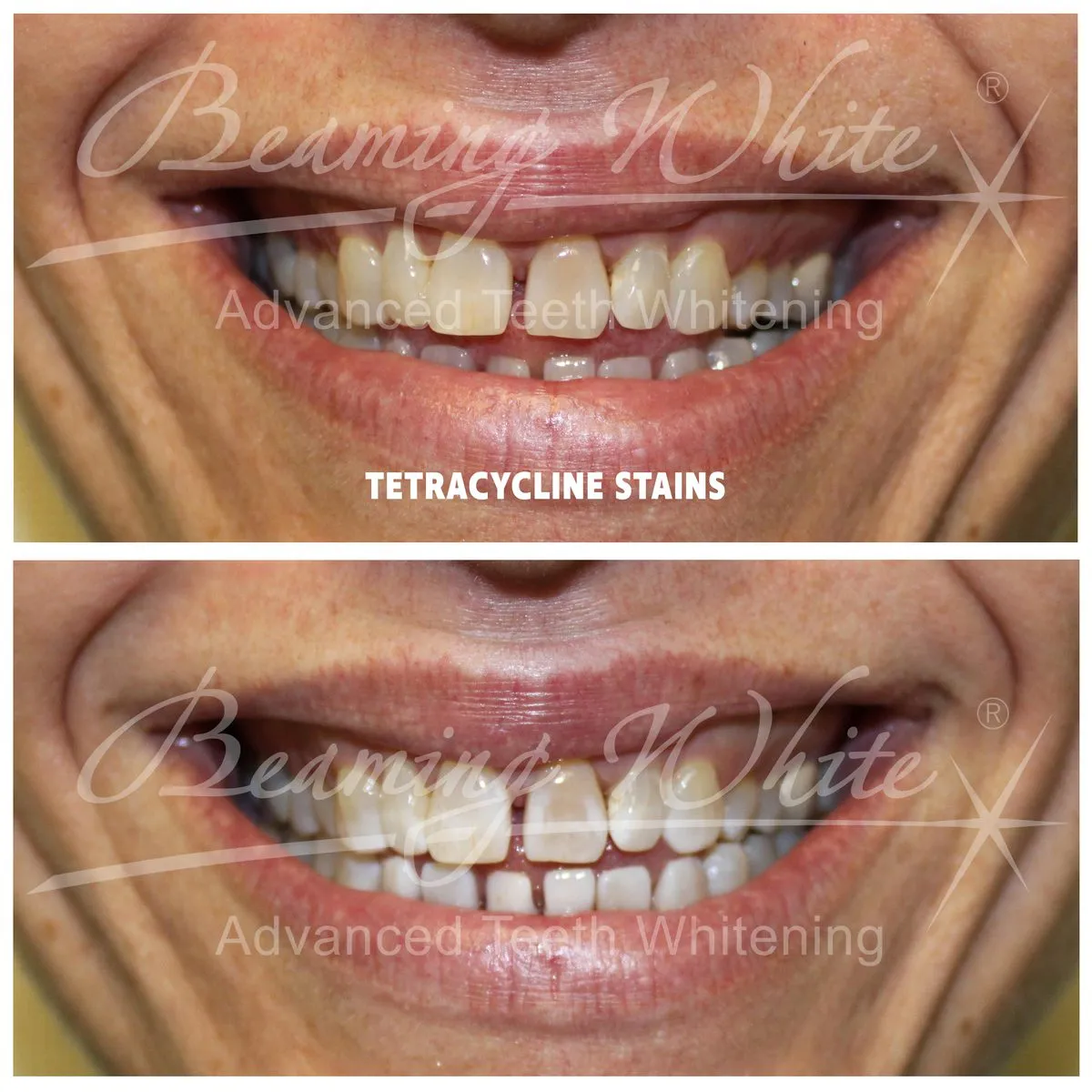
Strawberries contain malic acid, which can act as a natural stain remover. Apples have a slightly abrasive texture that can help to scrub away surface stains. To use strawberries, mash them into a paste and apply to your teeth for a few minutes before rinsing and brushing. Apples can be eaten as a snack, and the act of chewing them can help to clean your teeth. While these methods can be a part of a natural teeth whitening routine, they are not a substitute for proper brushing and flossing. They are best used in moderation and as part of a holistic approach to oral care. Incorporating these fruits into your diet supports both your overall health and your quest for a brighter smile.
Dietary Changes for Whitening
What you eat and drink plays a significant role in the color of your teeth. Certain foods and beverages can stain teeth, while others can help keep them white. By making conscious dietary changes, you can support your teeth whitening efforts and maintain a brighter smile. It is not only about what you add to your diet but also what you avoid. Focus on a balanced diet that promotes overall health and is friendly to your teeth. These changes are an essential component of your natural teeth whitening journey, helping you achieve and maintain desired results.
Foods to Avoid for Whitening
Certain foods and drinks are notorious for staining teeth. These include coffee, tea, red wine, dark-colored sodas, and berries. These items contain chromogens, which are pigments that can attach to the enamel and cause discoloration. Limiting your intake of these items can significantly reduce the risk of staining. If you do consume staining beverages, consider drinking them through a straw to minimize contact with your teeth. Rinsing your mouth with water after eating or drinking can also help remove staining particles. Making conscious choices about what you eat and drink is one of the most effective things you can do to maintain a white smile.
Foods to Include for Whitening
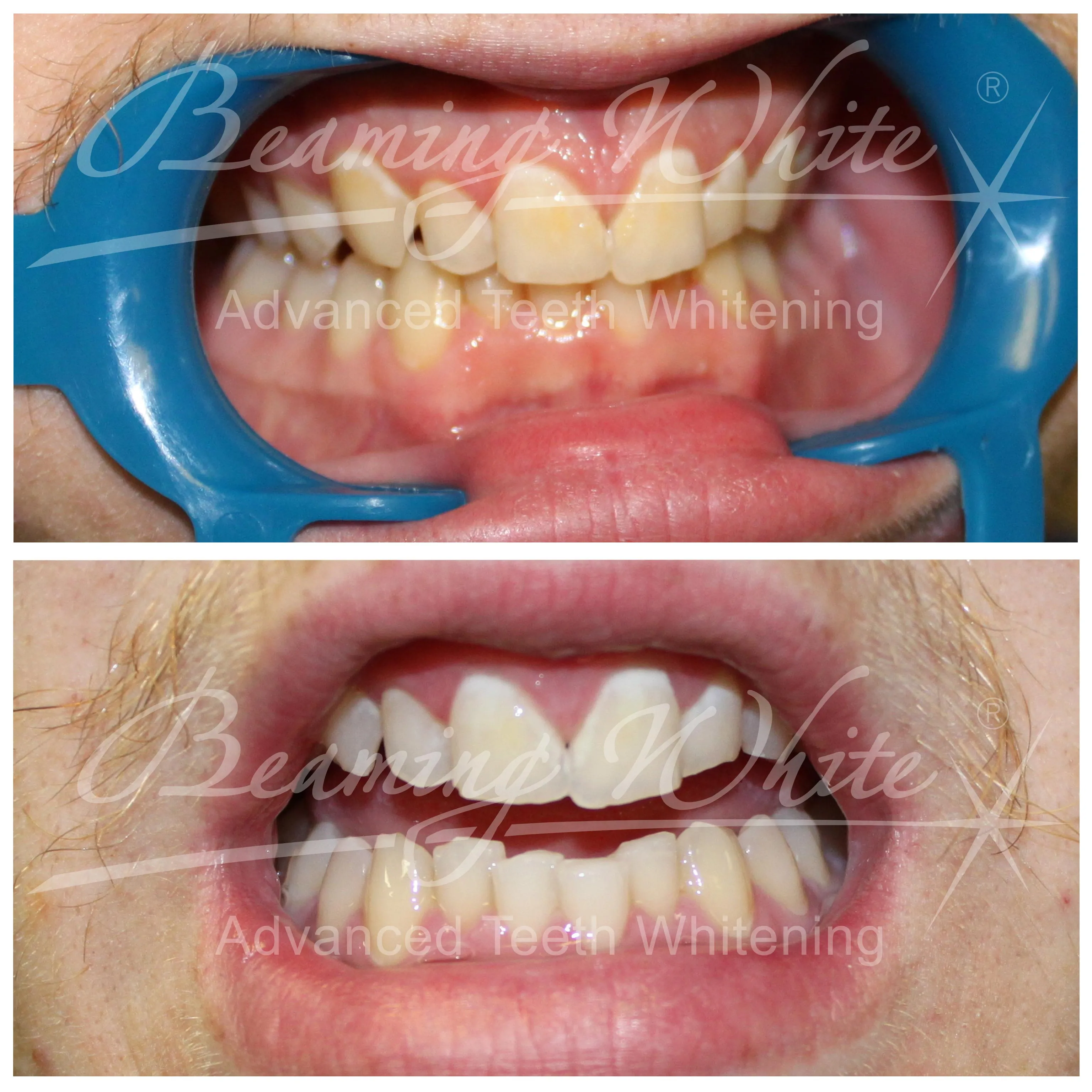
Certain foods can help to naturally whiten teeth. Crunchy fruits and vegetables, like apples, celery, and carrots, have a slightly abrasive texture that can help to scrub away surface stains. Dairy products, such as milk and yogurt, contain calcium, which is beneficial for strengthening enamel. Water is essential for oral health; it helps to wash away food particles and bacteria, preventing stains. Consider including these foods as a part of your regular diet to support your teeth whitening efforts and maintain a bright smile. These dietary choices complement other natural whitening methods and contribute to overall oral health.
Maintaining Your White Smile
Achieving a whiter smile is just the first step. Maintaining that brightness requires consistent oral hygiene practices and regular dental care. Incorporating these habits into your daily routine ensures that your teeth stay healthy and radiant. A comprehensive approach, which includes both home care and professional assistance, is the most effective way to keep your smile looking its best. This is not just about aesthetics but also about the overall health of your teeth and gums.
Oral Hygiene Practices
Proper brushing and flossing are the cornerstones of maintaining a white smile. Brush your teeth twice a day for two minutes each time, using a soft-bristled toothbrush and fluoride toothpaste. Floss daily to remove plaque and food particles from between your teeth. Consider using an electric toothbrush, as they often provide more effective cleaning. Rinse with an antibacterial mouthwash to further reduce bacteria and freshen your breath. These practices not only help to remove stains but also prevent the buildup of plaque and tartar, which can lead to discoloration. Maintaining a consistent oral hygiene routine is crucial for long-term oral health and a bright smile.
Regular Dental Checkups
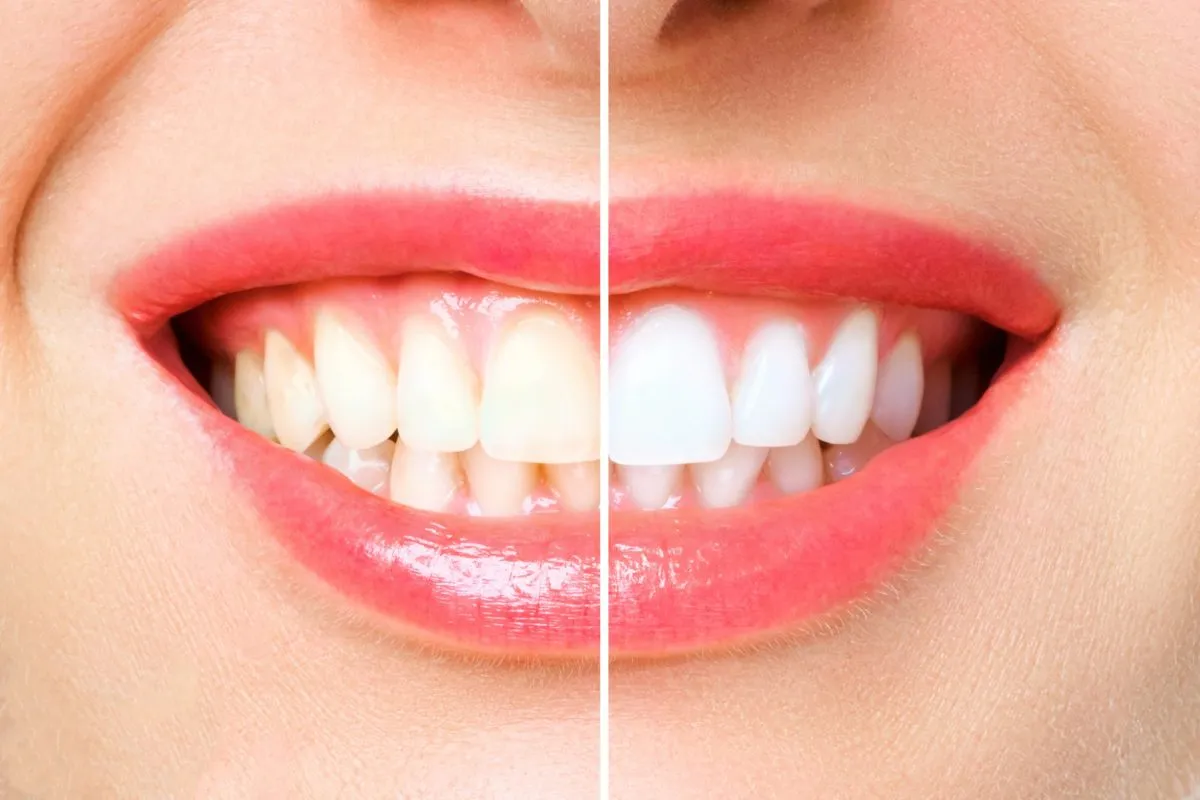
Regular dental checkups are essential for maintaining a white smile. Your dentist can professionally clean your teeth, removing any stubborn stains or plaque that you might miss at home. They can also identify any potential dental problems, such as cavities or gum disease, early on, which can prevent further discoloration. During checkups, your dentist can also offer personalized advice on oral hygiene and teeth whitening techniques. Professional cleanings and checkups are vital for maintaining not only a bright smile but also the overall health of your teeth and gums. These appointments ensure your oral health and can provide guidance on any concerns or treatments you might need.
In conclusion, achieving natural teeth whitening results is a journey that combines various methods, from oil pulling and activated charcoal to dietary changes and consistent oral hygiene. The key to success lies in understanding the gentler approach and setting realistic expectations. While natural methods may take longer to produce visible results compared to professional treatments, they offer the advantage of being less harsh and more aligned with a holistic approach to oral health. By incorporating these practices and maintaining regular dental checkups, you can gradually achieve a brighter, healthier smile. Consistency and patience are vital, and always remember to consult your dentist for personalized advice and ensure the methods you choose are appropriate for your individual needs.
